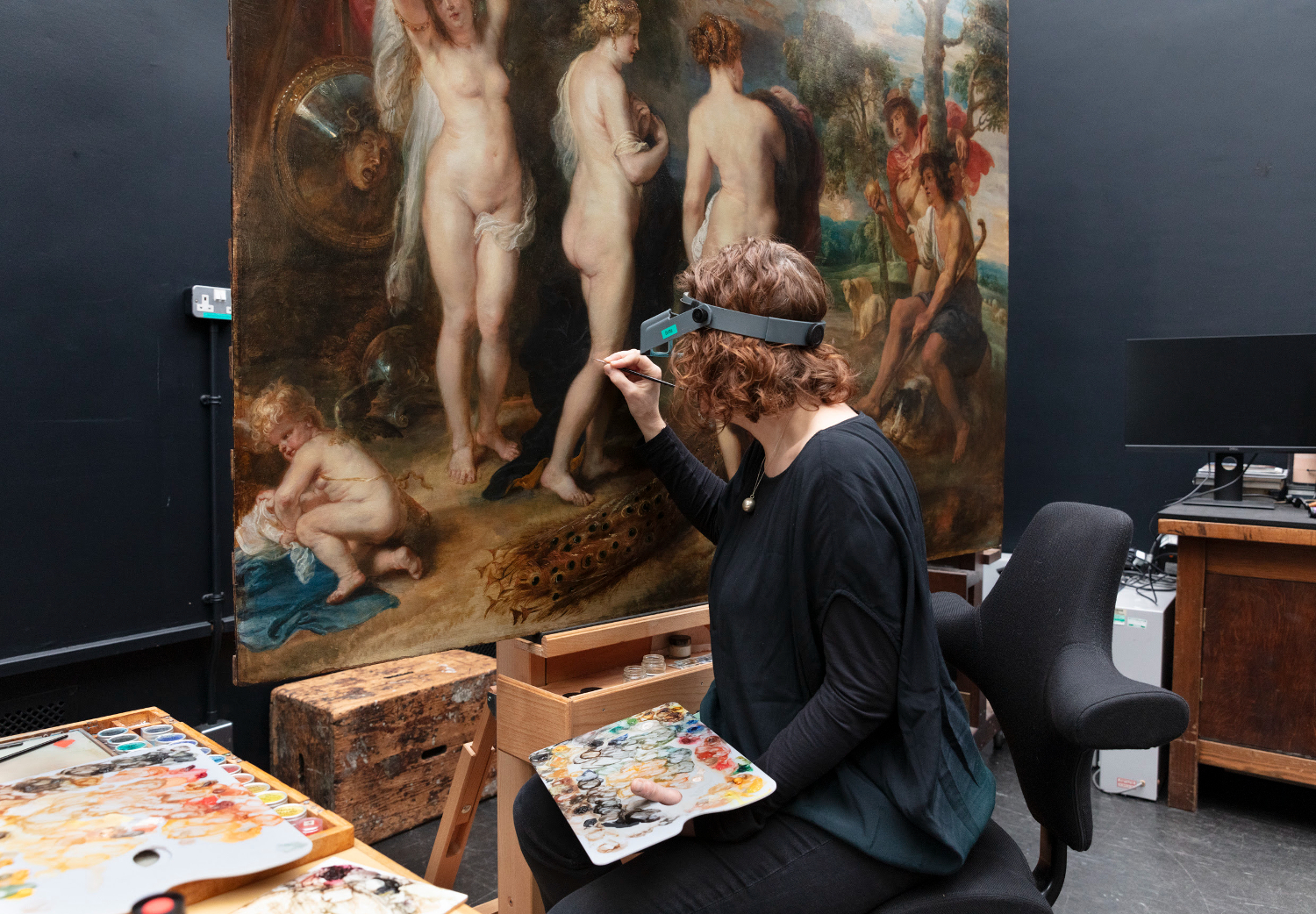C C Land: The Wonder of Art – A Bold New Era for the National Gallery

The National Gallery in London is turning the page to an extraordinary new chapter with its major redisplay, C C Land: The Wonder of Art. From 10 May 2025, visitors will be able to experience over 1,000 works in a spectacular reimagining of the gallery’s collection. It promises to be nothing short of breathtaking, combining centuries-old masterpieces with fresh loans and a modern, approachable visitor experience. Whether you’re a seasoned art lover or someone looking to dip their toe into the world of artistic marvels, this exhibition might just redefine what “a day at the gallery” means. More Than a Collection – A Chronological Journey Art aficionados love a bit of structure, and The Wonder of Art offers just that with a broadly chronological arrangement. The medieval and Renaissance masterpieces will find a home in the newly transformed Sainsbury Wing, while later works will be displayed in the iconic Wilkins Building. Alongside this timeline of artistic evolution, the redisplay will feature thematic highlights such as The Spectacle of Portraiture, Flowers, and Still Life, offering visitors a fresh way to interact with the works. But it’s not just about rearrangement. Some paintings will make their glorious returns after years of restoration, like the Pollaiuolo brothers’ The Martyrdom of San Sebastian (1475) and Jan van Eyck’s Portrait of a Man (Self Portrait?) (1433), promising to wow us with their renewed vibrancy. The Masters—And a Few Surprises For the first time in the National Gallery’s history, visitors can see works by certain artists grouped in dedicated, single-artist rooms…. Read More










